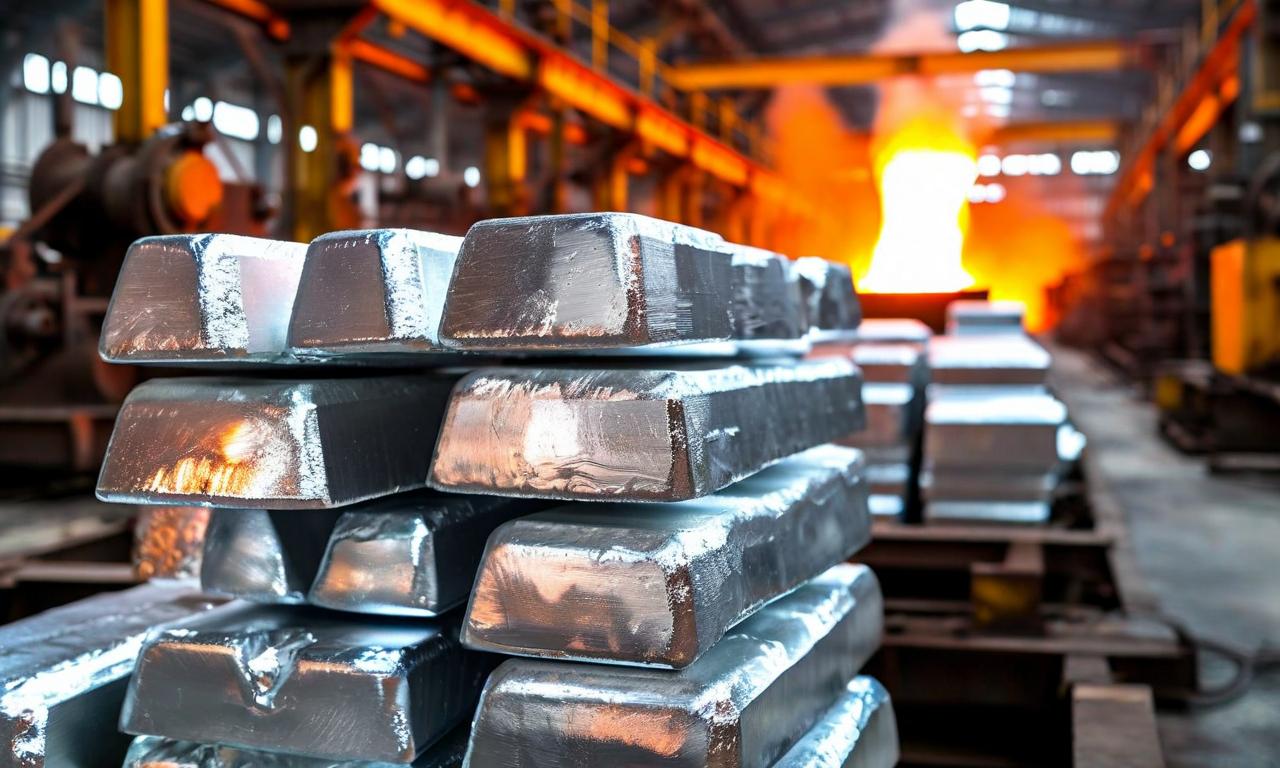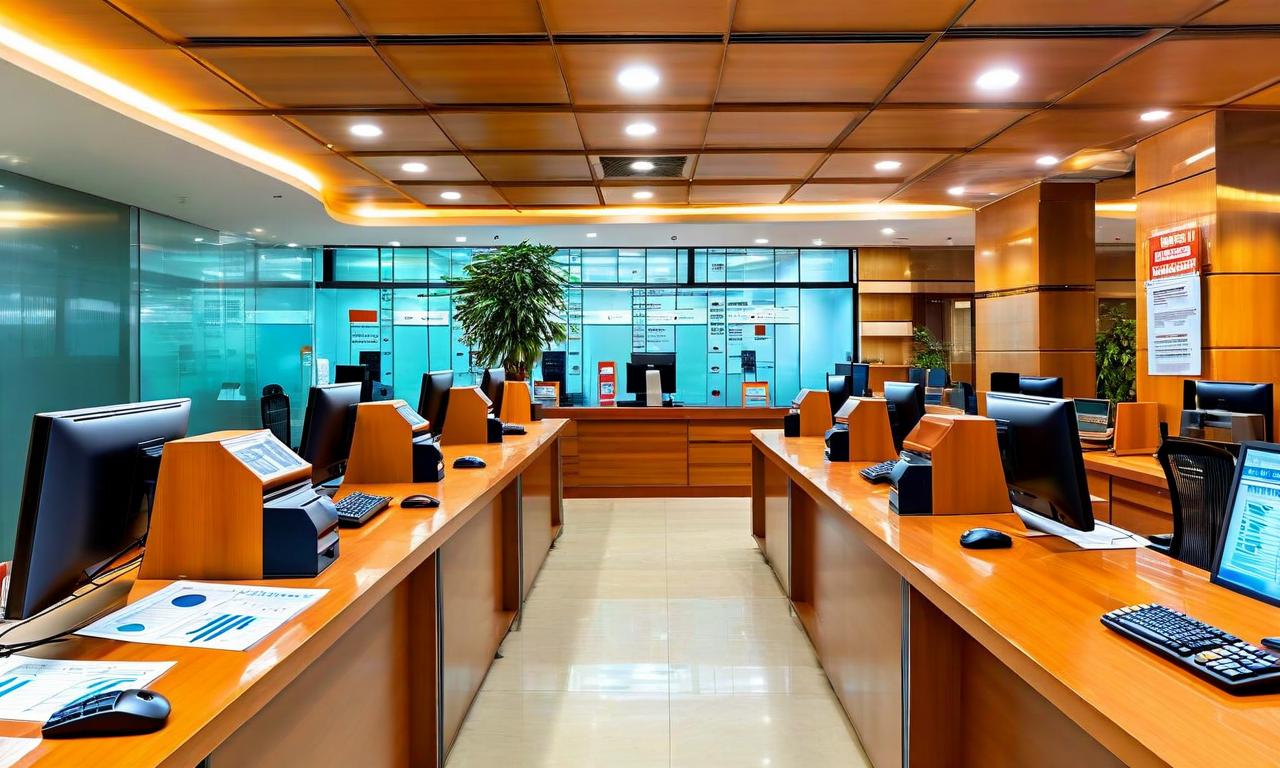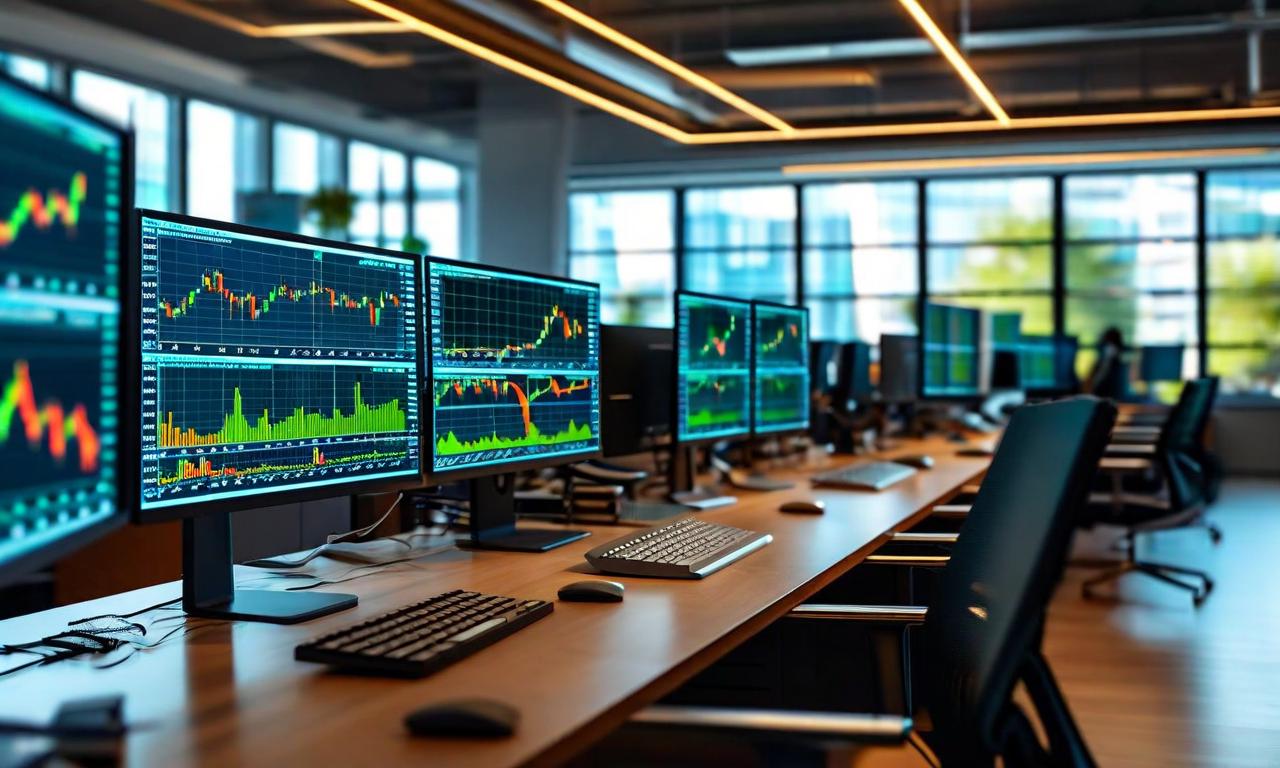Aluminium Prices Dip on MCX as Trump Expands Import Tariffs
Aluminium prices on MCX fell 0.60% to Rs 250.55 per kg, mirroring declines in international markets. The drop follows the Trump administration's decision to expand import tariffs on aluminium products. LME and Shanghai futures also saw decreases. Despite the pressure, the market finds support from China's production cap, increased European demand, and supply constraints due to Russian sanctions. Experts recommend a buy-on-dips strategy with entry at Rs 250-251, stop-loss below Rs 246, and target of Rs 258-260 if prices break above Rs 254-255.

*this image is generated using AI for illustrative purposes only.
Aluminium prices experienced a downturn on the Multi Commodity Exchange (MCX) of India, mirroring similar declines in international markets. The price drop comes in the wake of the Trump administration's decision to broaden its import tariffs on aluminium products.
MCX and Global Market Trends
On the MCX, aluminium prices fell by 0.60% to Rs 250.55 per kg. This decline aligns with the downward movement observed in both London and Shanghai markets. The London Metal Exchange (LME) saw three-month aluminium futures trading at $2,588.50, marking a 0.71% decrease. Similarly, the Shanghai Futures Exchange (SHFE) reported aluminium contracts at CNY 20,565 per metric ton, down by 0.22%.
Expanded U.S. Tariffs
The primary catalyst for this market movement appears to be the Trump administration's expansion of its 50% import levy. The updated tariff list, which took effect on August 18, now includes a broader range of aluminium derivative products. This move has sent ripples through the global aluminium market, affecting prices across various exchanges.
Market Support Factors
Despite the pressure from increased tariffs, the aluminium market finds support from several factors:
- Chinese Production Cap: Annual aluminium production in China is capped at 45 million tons, which helps to control supply.
- Increased European Demand: Higher demand in the European Union, driven by increased defense investments, provides some market stability.
- Supply Constraints: European aluminium supply remains constrained due to ongoing sanctions on Russia, a major producer.
Technical Analysis and Expert Recommendations
Technical analysis suggests that aluminium is currently trading within a range of Rs 250-256. The market faces resistance at Rs 256, with support levels identified at Rs 248-249.
Market experts are recommending a buy-on-dips strategy for traders:
| Aspect | Value |
|---|---|
| Entry Point | Rs 250-251 |
| Stop-Loss | Below Rs 246 |
| Target | Rs 258-260 if prices break above Rs 254-255 |
This strategy suggests that while the market is currently experiencing downward pressure, there's potential for an upswing if certain price levels are breached.
Conclusion
The aluminium market is currently navigating through a complex landscape of international trade policies and regional supply-demand dynamics. While the expanded U.S. tariffs have put downward pressure on prices, underlying factors such as production caps and regional demand continue to provide support. Traders and investors in the aluminium market should closely monitor these factors and the identified price levels for potential trading opportunities.




























